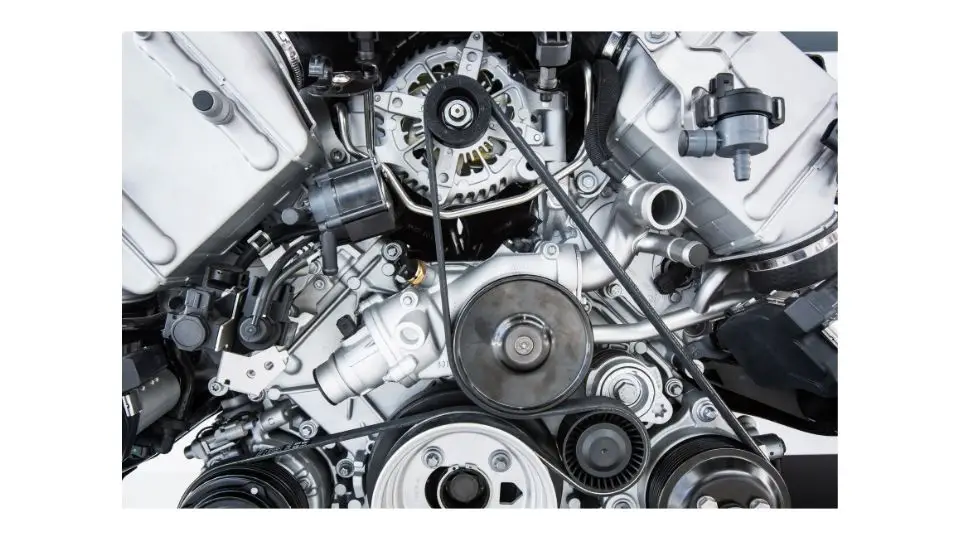Designed to create a middle ground between the tire-shredding power of a V8 HEMI and the everyday drip dry practicality of a fuel-sipping four-cylinder, the 3.6 liter Pentastar V6 engine was born.
First introduced in 2010, the Pentastar V6 has become one of the most iconic engines of the modern-day Fiat Chrysler lineup. Powering everything from the likes of the Dodge Charger, the Ram 1500 pickup truck, and even the Jeep Wrangler.
The Pentastar is a 60-degree dual overhead cam 24-valve V6, with cast aluminum cylinder heads and block. It was designed not only to be more powerful and fuel-efficient than its predecessors but lighter as well. However, like most iconic Fiat Chrysler engines, the 3.6 liter Pentastar V6 has not been without its problems.
Common Pentastar v6 problems
Cylinder Heads
During its first few years on the market, the 3.6 liter Pentastar ran into a pretty common issue with the cylinder heads. Affecting around 0.5% of the Pentastar engines made between 2011 and 2013.
Engines with this problem had a prominent ticking noise coming from the left side of the engine, or in some cases, a check engine light would show with reduced engine performance.
The issues were identified to have been overheating valve seats. Chrysler decided to rectify the problem with a harder valve guide and seats and gave owners an extended engine warranty of up to 10 years or 150,000 miles. However, this extended warranty was only for the left-side cylinder heads.
Pump and Radiator Clogging
3.6 liter Pentastar V6’s have been known to have their pumps and radiators clogged up. However, this problem did not arise because of a design fault, rather an issue in quality control.
The heads of the engine are sand-cast, and sometimes certain engines would pass through quality control with remnants of sand stuck inside the heads.
Therefore overtime remnants from the sand casting process would simply find their way into pumps and radiators and clog them up.
Revisions and Upgrades
In 2016 to address the ongoing issues of the Pentastar V6 and bring horsepower and torque levels in line with the modern era.
The iconic engine received a refresh in 2016 that not only increased horsepower and torque but reliability and fuel consumption as well with emissions being reduced at the same time.
Improvements included a new two-stage variable lift that allowed for more precise quantities of fuel to be delivered at a specific RPM level.
In addition, a recalibration was made to the engine’s variable valve timing. The compression ratio was also increased from 10.2:1 to 11.3:1 thanks to core upgrades within the heart of the engine.
Is A Modern-Day Pentastar Engine Reliable?
Ever since the engine overhaul in 2016, the 3.6 liter Pentastar V6 has not run into any widespread issues or reliability concerns.
Consumer reports often have the Pentastar V6 ranking very highly in terms of fuel efficiency, reliability, and power. While it may not exactly be the best engine in its class, this V6 has proven to be a tried and tested platform and will remain as such for many years to come.
Conclusion on 2017 3.6 Pentastar problems
Different types of engines come with different advantages and disadvantages, fortunately, the 3.6L Pentastar advantages outweigh the downsides, I hope this article helped you clarify the problems you might face with Pentastar v6





